A Guide to Training and Bonding from the Ground
As horse riders and enthusiasts, we are always seeking new ways to develop a strong partnership with our equine companions. Long reining is an exciting and effective training technique that allows us to communicate with our horses from the ground. In this article, we will explore what long reining is, how to use it correctly, and why it can be beneficial for both horse and rider.
What is Long Reining?
Long reining, also known as long lining or ground driving, is a training method that involves guiding and controlling the horse from the ground using two long reins. These reins are similar to driving reins and are attached to the bit or bridle rings. The person handling the reins walks behind the horse, directing their movement and exercises.
The Benefits of Long Reining
Long reining offers a variety of benefits for both the horse and the rider. Here are some reasons why you would use long reining:
- Building Trust and Bond: Long reining provides an opportunity to develop a deeper bond and trust with your horse. It allows you to work closely with them and establish clear communication from the ground, strengthening your partnership.
- Suppleness and Flexibility: Long reining helps improve the horse’s suppleness, flexibility, and balance. It encourages them to engage their core, stretch their muscles, and develop a more correct and balanced frame.
- Preparing for Riding: Long reining is an excellent preparatory exercise for young or green horses before riding. It introduces them to basic commands, rein aids, and voice cues without the added weight of a rider.
How to Long Rein a Horse
Here is a step-by-step guide on how to long-rein a horse:
- Equipment: Begin by fitting the horse with a properly fitted bridle and surcingle. Attach the long reins to the bit or bridle rings, ensuring they are of equal length.
- Introduce the Reins: Start in a safe and enclosed area, such as an arena. Stand behind the horse, holding the reins in each hand with a firm but gentle grip. Begin by applying light pressure and encourage the horse to move forward.
- Direction and Commands: Use your voice, body language, and rein aids to guide the horse’s movements. Practice transitions, circles, and changes of direction, ensuring clear and consistent communication.
- Gradual Progression: As the horse becomes more comfortable with long reining, you can introduce more advanced exercises, such as lateral movements and obstacles. Always be patient and progress at a pace that suits the horse’s level of training and understanding.
- Safety Precautions: It is crucial to prioritize safety during long reining. Wear appropriate footwear and protective equipment, and maintain a safe distance behind the horse to avoid potential accidents.
Is Long Reining The Same as Lunging?
Long reining and lunging are both ground-based training techniques, but long reining involves guiding and controlling the horse from behind using long reins, while lunging involves the horse moving in a circular pattern around the handler on a lunge line. Both methods offer benefits in terms of training, exercise, and communication with the horse, but they differ in their approach and the level of control the handler has over the horse’s movements.
Long reining is a valuable training technique that offers numerous benefits for both horse and rider. It provides an opportunity to strengthen the bond, develop trust, and improve the horse’s suppleness and flexibility. By practicing long reining, you can establish clear communication, prepare young horses for riding, and enhance your horsemanship skills. Always approach long reining with patience, care, and a willingness to learn and grow together with your equine partner.


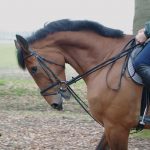
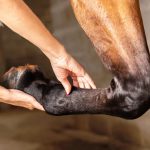
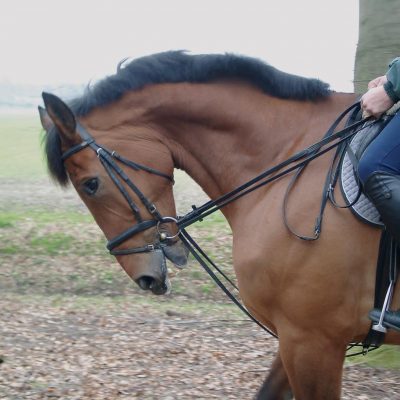

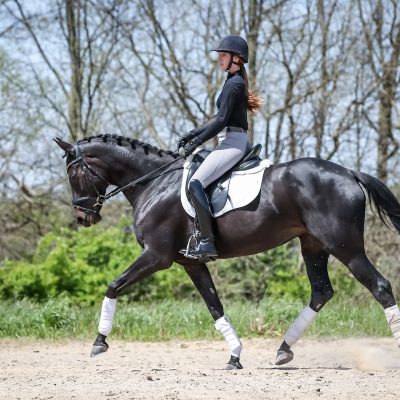
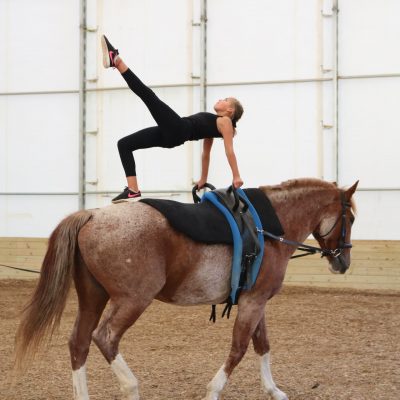
No Comment! Be the first one.